Gwangju Daein Market & Daein Art Market (광주 대인시장 (대인예술시장))
1.5Km 2023-11-28
9-10 Jebong-ro 184beon-gil, Dong-gu, Gwangju
+82-62-233-4001
Daein Market in Gwangju is a wonderful example of the changes traditional markets have gone through to remain relevant in the modern world. Originally the community center for all living needs, including produce and household goods, the market lost much interest in the mid-1990s with the influx of large marts. From that point on, many shops began to close down as there was no business.
However, the market saw a revival in 2008 during the Gwangju Biennale. Many of the available shop spaces were rented out to host small art exhibitions, creating a unique art market. Thanks to this effort, Daein Market was designated as a Cultural Attraction in 2013. The market continues to have a strong connection with the art that saved it, and the vendors and artists live and work together in harmony. The market also draws in a lot of interest from the community through their weekly night market, taking place every Saturday.
Han Hee-won Art Museum (한희원미술관)
1.5Km 2023-01-25
27-6, Yangchon-gil, Nam-gu, Gwangju
+82-62-653-5435
Han Hee-won Art Museum is a small hanok art museum in the back alley of Yangnim-dong.
Painter Han Hee-won grew up in Yangnim-dong, where he was influenced as a painter. In July 2015, he purchased a small hanok between the House of Yi Jang-u and the House of Choe Seunghyo and transformed it into an art museum to preserve and show the spirit of love, comfort, and art in his hometown, Yangnim-dong. An art museum with a low threshold approaching citizens with a humble mind, Han Hee-won Art Museum is open to anyone. Feel free to visit, appreciate the paintings, and be comforted through art.
House of Choi Seung-hyo (최승효가옥)
1.5Km 2023-03-08
29-4, Yangchon-gil, Nam-gu, Gwangju
+82-62-607-2332
The House of Choi Seung-hyo is a traditional residential building located on the southeastern slopes of Yangnimsan Mountain. The rectangular building is open to the east, has 8 kan (the space between two pillars) in the front and 4 kan to the sides, and is graced by a traditional hipped and gabled roof. Since the building was constructed in the 1920s, it offers a valuable glimpse into the architectural style of Korean houses at the end of the Japanese colonial period. Choi Sang-hyeon was an activist who offered his attic as a place of refuge for other activists.
Lee Jang-woo's House (이장우 가옥)
1.5Km 2021-12-16
21, Yangchon-gil, Nam-gu, Gwangju
+82-62-607-2333
Designated the first Gwangju Folk Material on March 20, 1989, Lee Jang-woo's House is an upper-class, tile-roofed house with a gate, storeroom, servants’ quarters, detached building, and main building. The building is estimated to have been constructed in 1899 and is overall a sturdy example of Korean architecture, well-preserved in its original state. The L-shaped main hall of the historic building is rather large and consists of (left to right) a wooden verandah, a small room, a hall, the main room, a kitchen, and another small room. The room doors are double doors with a sliding door on the inside and a hinged door on the outside. The hall also has partitions that can be hung up as necessary.
Hotel Mudeung Park (무등파크호텔)
1.6Km 2021-02-01
14-10, Jiho-ro 164beon-gil, Dong-gu, Gwangju
+82-62-226-0011
Opened in 2004, Hotel Mudeung Park is located at the foot of Mudeungsan Mountain. Situated in a leisure town measuring an impressive 495,000 m², the hotel is one of the representative hotels of Gwangju and is known for its high-quality facilities and services.
In addition to its posh guestrooms, Hotel Mudeung Park offers a myriad of facilities including a convention hall, a banquet hall, a business center, restaurants, a wine bar, a driving range, a bowling alley, and an observatory with a panoramic view of downtown Gwangju.
Mudeungsan Lift Monorail (Jisan Park) (무등산 리프트모노레일 (지산유원지))
1.6Km 2023-12-22
14-10 Jiho-ro 164beon-gil, Dong-gu, Gwangju
To use the lift and monorail located at Jisan Park in Gwangju, visitors can purchase a ticket at the ticket office in the convenience store on the first floor and go up to the boarding area on the second floor. Get on the lift with a track length of 745 meters and an operating speed of 12 m/sec and climb for about 20 minutes while enjoying the scenery of Mudeungsan Mountain to arrive at Bitgoeul Station. From here, visitors can transfer to the monorail. Passengers can feel the thrill of riding toward the top on a monorail which can accommodate about 20 people at a time. A spectacular view of Mudeungsan Mountain will unfold in all directions. The view of Gwangju from Palgakjeong Observatory at the end of the monorail is a beautiful sight that visitors to Gwangju must see at least once as it is a famous attraction to enjoy the view of Gwangju.
Geomok Hanjeongsik (거목한정식)
1.6Km 2024-02-13
3-6 Cheonbyeonjwa-ro 364beon-gil, Nam-gu, Gwangju
+82-62-672-0333
Geomok Hanjeongsik is a restaurant that specializes in Namdo-style hanjeongsik (Korean table d'hote). Offering a singular menu item, hanjeongsik, guests select their preferred price range and the number of diners, and the dishes are prepared accordingly. A unique feature of this establishment is the seasonal variety of side dishes, ensuring a different culinary experience with each visit. Emphasizing health, the restaurant avoids strong-tasting chemical seasonings. Set in a converted hanok (traditional Korean house), Geomok Hanjeongsik provides a traditional atmosphere, enhancing the dining experience.
Gwangju Sajik Park (사직공원 (광주))
1.6Km 2022-08-05
49, Sajik-gil, Nam-gu, Gwangju
+82-62-652-3236
Sajik Park is located at the previous site of Sajikdan Altar, a ritual site to pray for peace and prosperity during the Three Kingdoms Era. In the 1960s, the site was home to Sajik Zoo, with the ritual being abandoned in 1894 and the altar in disrepair. However, in 1991, it was decided to move the zoo to another location and begin restoring the site. It was reopened in April 1994, 100 years after the last ritual.
Sajik Park is landscaped with various trees and flower beds. The park blooms pink and white with cherry blossoms annually in mid-April. During this time, the municipality of Gwangju installs lighting in the trees for citizens to enjoy the blossoms late into the night. The park has become established as a favorite rest area for Gwangju citizens. The park houses several attractions including Gwangju Broadcast Station (KBS), Memorial Tower for Policemen, Yangpajeong Pavilion, and Palgakjeong Pavilion overlooking downtown Gwangju.
Jeil Banjeom (제일반점)
1.6Km 2024-03-20
174 Guseong-ro, Dong-gu, Gwangju
062-224-6670
Located on Chungjang-ro Street in Gwangju, Jeil Banjeom has been a culinary staple since the 1960s. Operated by a Chinese immigrant, it has garnered popularity for its traditional dishes. The signature yennal jjajang is a classic take on black bean sauce noodles, featuring stir-fried black bean paste, a mix of vegetables, potatoes, and specially selected cuts of pork. Another highlight is the tangsuyuk, a dish of deep-fried pork sirloin coated in a sweet and sour sauce. A local favorite, the restaurant is known for being particularly bustling during lunch hours.
Yangnim-dong Missionary Cemetery (양림동 선교사 묘지)
1.7Km 2021-05-28
77, Jejung-ro, Nam-gu, Gwangju
+82-62-607-2333
The Yangnim-dong Missionary Cemetery is the final resting place of 23 missionaries who brought Christianity to Gwangju and led the movement to free the nation from under Japanese colonial rule. Yangnim-dong in Gwangju Metropolitan City was the main area in which Priest Bae Yu-ji and Dr. Clement Owen carried out their work as the first missionaries to Jeollanam-do.
Located nearby is a monument dedicated to Priest Bae Yu-ji and the Owen Memorial Building, built in honor of Dr. Owen and his grandfather. Both memorials are cultural assets and particularly prized by locals of the Christian faith.
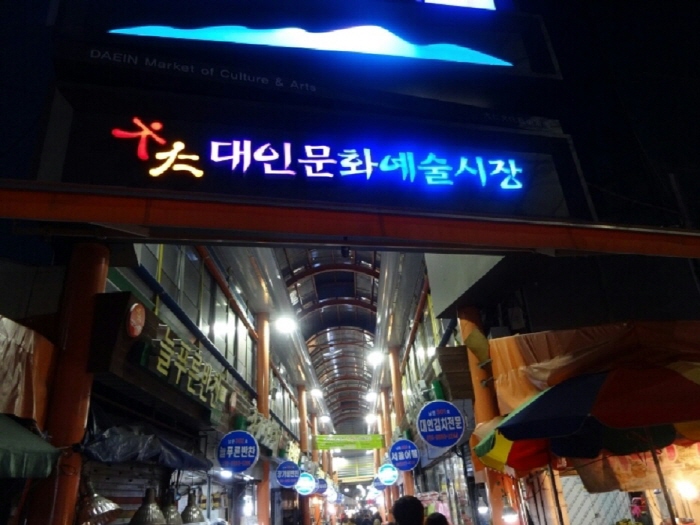

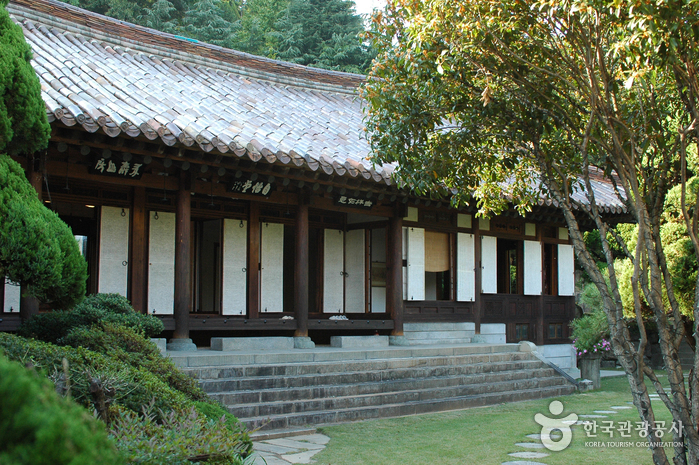
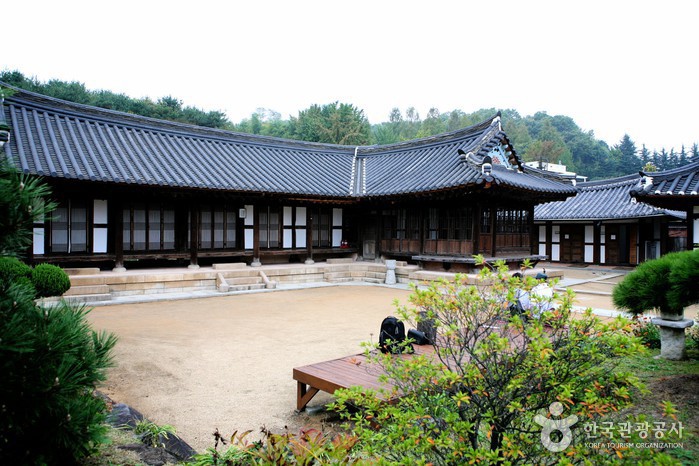
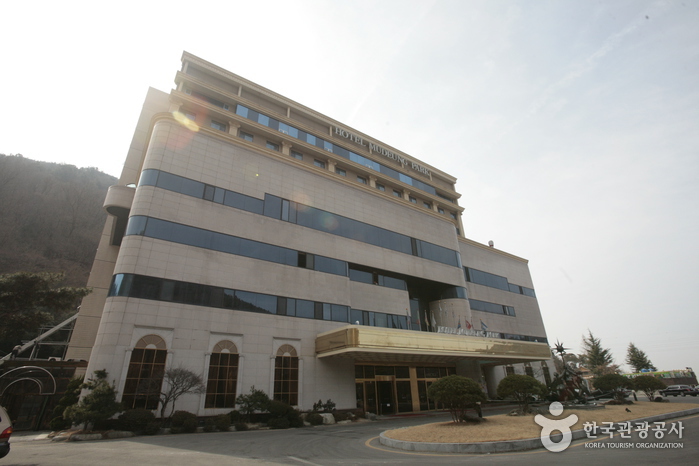
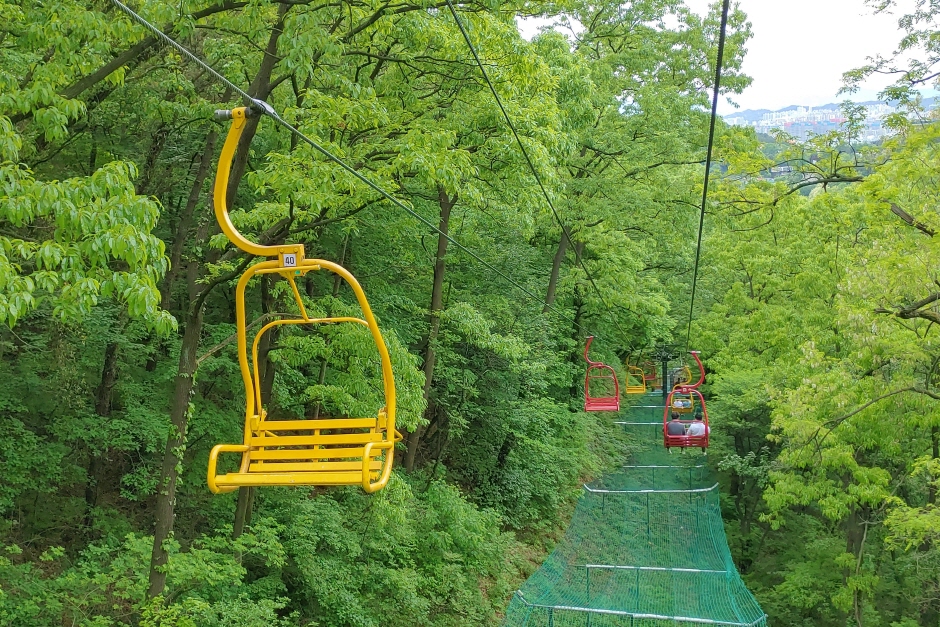
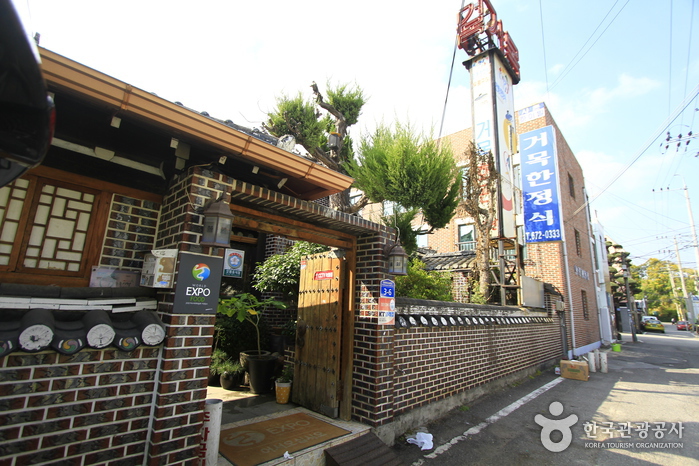
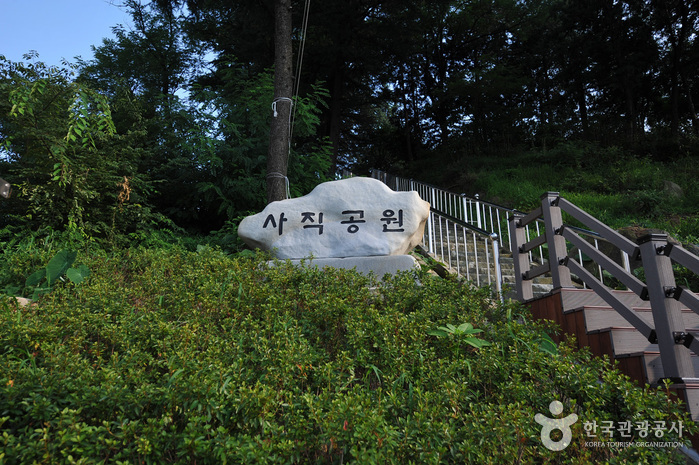
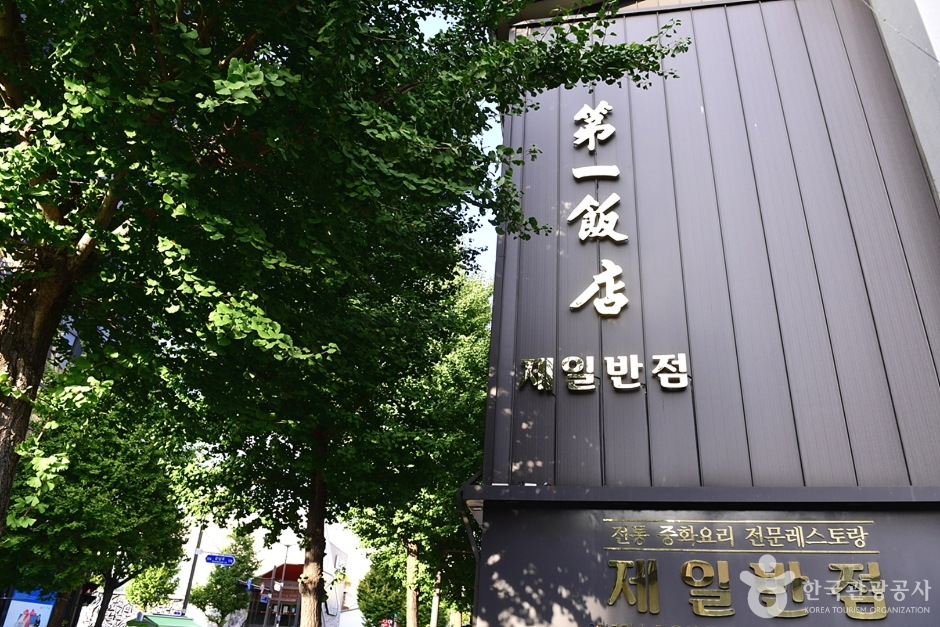
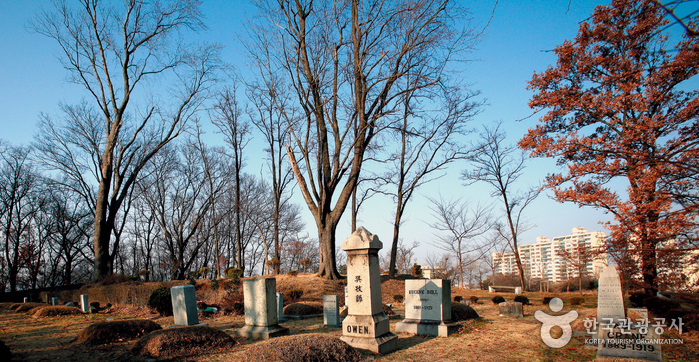
 English
English
 한국어
한국어 日本語
日本語 中文(简体)
中文(简体) Deutsch
Deutsch Français
Français Español
Español Русский
Русский